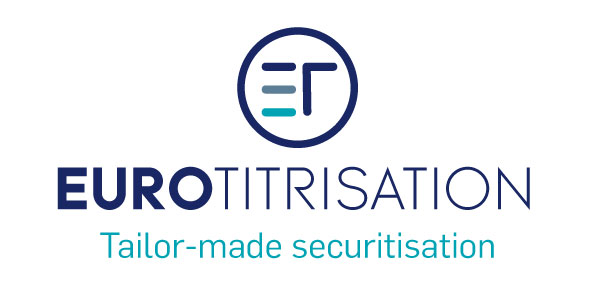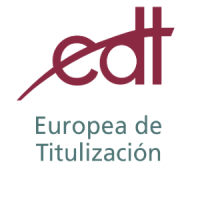Facing rejection of your data submission
under the Securitisation Regulation?
Avoid these mistakes.
More than three years after the Securitisation Regulation (EU)2017/2402 came into force, the registration of the first EU Securitisation Repository in June 2021 will close the final gap in the disclosure framework.
Since September 2020, the use of the new reporting templates developed by the European Securities & Market Authority (ESMA) and implemented in a prescribed XML-format has been mandatory for all EU securitisations issued after January 1st, 2019.
Reporting entities are required to regularly disclose a full report (for public non-ABCP transactions) comprising of:
- the underlying exposure template;
- the investor report template; and
- the significant event/inside information
template.
In its longstanding role as the Eurosystem’s securitisation repository, European DataWarehouse (EDW) has already collected submissions of such full reports for more than 240 securitisations in anticipation of its designation in June 2021 as a registered Securitisation Repository under ESMA.
To prepare reporting entities in Europe for the upcoming transition in disclosure requirements, EDW has worked closely with issuers and servicers to identify and address potential file structure errors and content errors in the new reporting templates.
These efforts have involved checking each template submitted as part of a full report against more than 1,000 of ESMA’s validation rules so that issuers can avoid facing rejection of their submissions.
Automatic rejection of the entire submission will occur if a submission fails to meet the prescribed XML file structure or if a single securitisation record is not compliant with any of the validation rules, and the rejection will be reported weekly to ESMA.
EDW’s analysis of data submissions has established that the most common problems relate to the newly introduced use of identifiers in the reporting templates, such as:
- the Counterparty Name (SESP3) does not match the name corresponding to the Counterparty Legal Entity Identifier (SESP2) provided in the GLEIF Database;
- Counterparty Rating Source Name (SESP9) does not match the name corresponding to the Counterparty Rating Source Legal Entity Identifier (SESP8) provided in the GLEIF Database;
as well as data inconsistencies, such as:
- Prepayment Fee End Date (AUTL50) is earlier than the Data Cut-Off Date (AUTL6).
- Value for Arrears 180+ Days (IVSS44) is lower than zero or greater than 100;
- New Tranche Identifier (SEST3) is duplicated in the current submission.
- Current Coupon (SEST13) greater than 100;
- Current Interest Rate Margin/Spread (SEST14) greater than 100.
- Counterparty Country of Establishment (SESP5) is not a valid ISO Country Code.);
- Obligor Probability Of Default (IVSS35) is lower than zero or greater than 100.
- Interest Payment Date (SEST11) is earlier than or equal to the Data Cut-Off Date (SESS2);
- Primary Income (RREL16) is lower than zero.
Addressing these common problems will significantly reduce the risk of rejection of the submission by the securitisation repository. Please refer to the market-specific documents for the Netherlands & Belgium, Germany, Italy, France, and Spain.
In addition to supporting issuers in rectifying such issues, EDW also offers its CSV-to-XML Converter to minimise the risk for potential file structure errors and prevent automatic rejection.
For further information about the CSV-to-XML Converter tool, or to discuss any concerns sur- rounding your upcoming submissions, please contact our team on +49 (0) 69 50986 9017 or email us via enquiries@eurodw.eu










